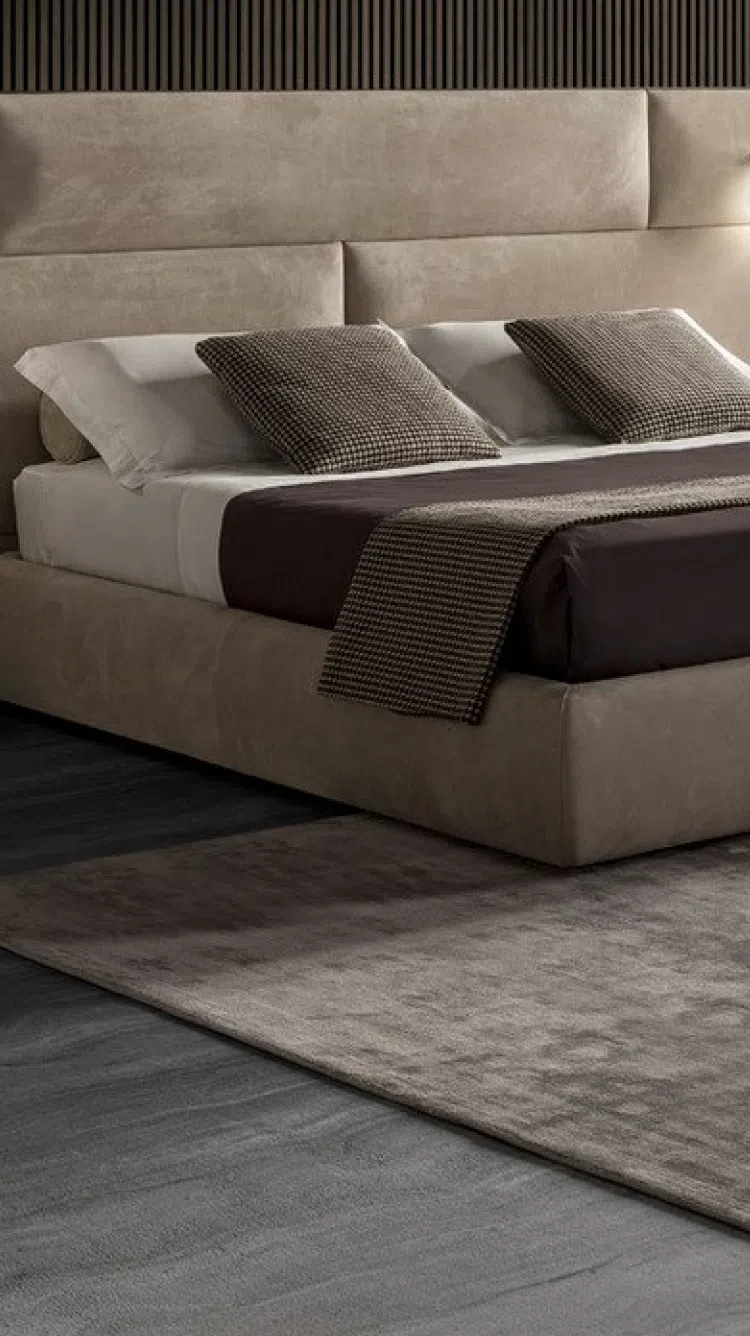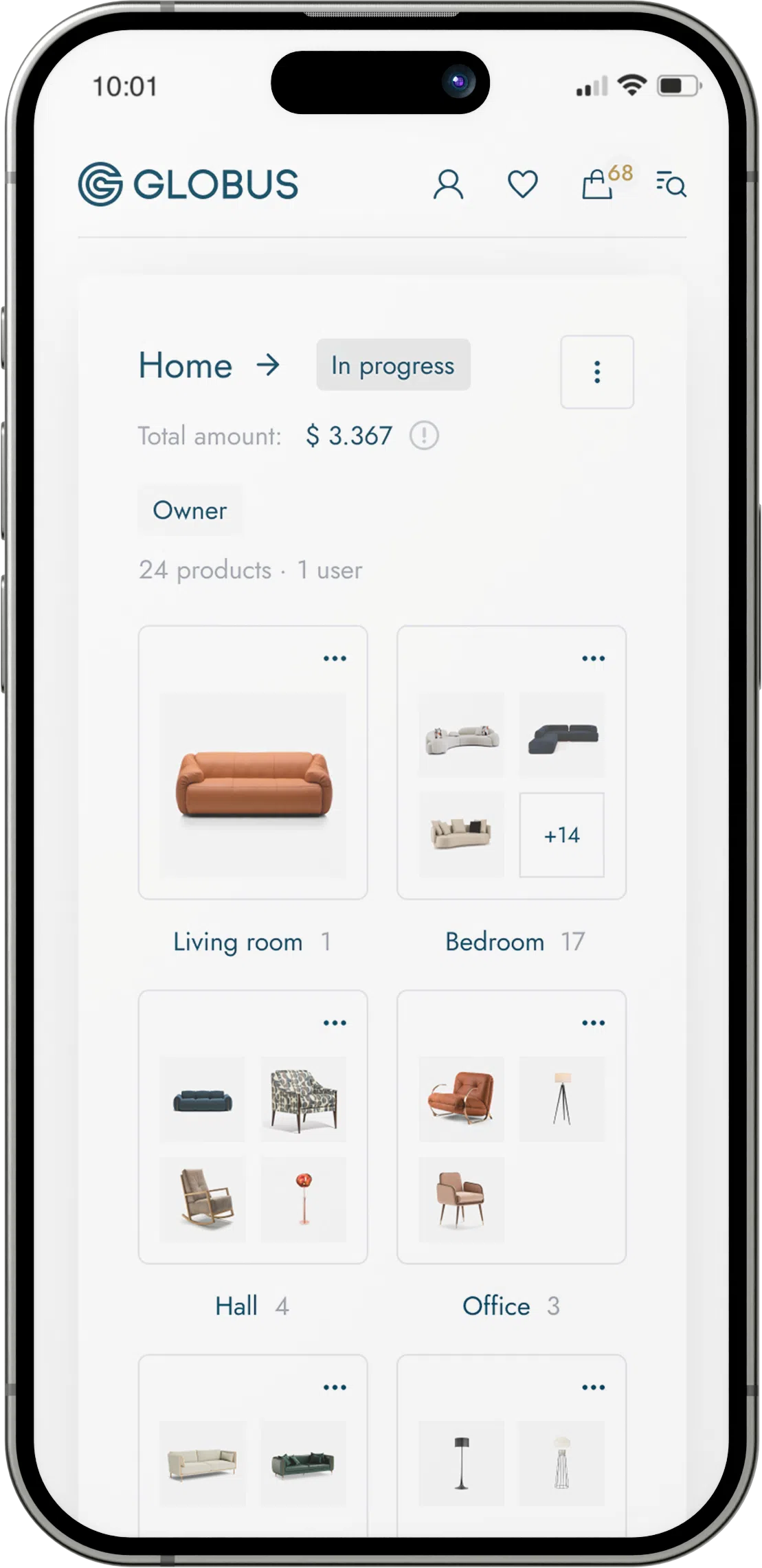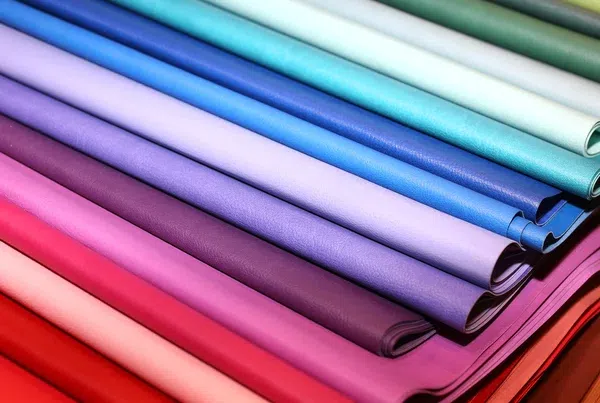Polyurethane (PU) is a versatile material widely used in furniture manufacturing due to its numerous advantageous properties.
Chemistry and Production: Polyurethane is a synthetic polymer that is created by the reaction between polyols and diisocyanates, both of which are derived from crude oil. There are numerous formulations of PU, which can be fine-tuned to produce materials ranging from soft, flexible foams to rigid, hard plastics. In furniture, PU is typically used either as a foam or a solid material (like imitation leather).
Properties:
Durability: PU materials are known for being exceptionally durable and resistant to abrasion and wear. This makes them suitable for furniture that will see a lot of use, such as sofas and chairs.
Resilience: PU foams quickly regain their shape after being compressed, which is why they are often used in cushioning and mattresses.
Lightweight: Polyurethane is generally lighter than other furniture materials like solid wood or metal, making it easier to move and transport.
Maintenance: PU surfaces are usually easy to clean and maintain, requiring only a wipe with a damp cloth for most spills and stains.
Resistance: Many PU formulations are resistant to various elements such as water, oil, UV radiation, and certain chemicals, which helps in extending the life of the furniture.
Aesthetics: As PU can be made in various colors and textures, it is often used to mimic the look of leather (PU leather) or other materials. This provides a cost-effective and ethical alternative to natural leathers.
Uses in Furniture: PU is used extensively in furniture in the form of:
Upholstery: Often referred to as faux leather or PU leather, this material is a common covering for sofas, chairs, and ottomans. It can be designed to look like genuine leather but at a lower cost and with less maintenance.
Foam Padding: PU foam is widely used in cushions, mattresses, and soft seating due to its comfort and resilience.
Adhesives: Polyurethane adhesives are strong and durable, making them suitable for bonding wood panels, veneers, and other components in furniture making.
Environmental and Health Considerations: While PU brings many benefits in terms of performance and aesthetics, there are environmental and health considerations:
Off-Gassing: Some types of PU foam can release volatile organic compounds (VOCs) into the air during their lifespan, which may contribute to indoor air pollution.
Sustainability: Polyurethane is not biodegradable, and the production process involves toxic chemicals. This raises concerns about its environmental footprint.
Recycling: Recycling PU materials is complex and not always feasible, though advancements in chemical recycling are attempting to address this issue.
When choosing PU for furniture, one ought to consider not only the functional and aesthetic requirements but also the environmental impact and potential health effects associated with the material. Advances in PU technology, such as the development of bio-based polyols, aim to make this material more sustainable in the future.



